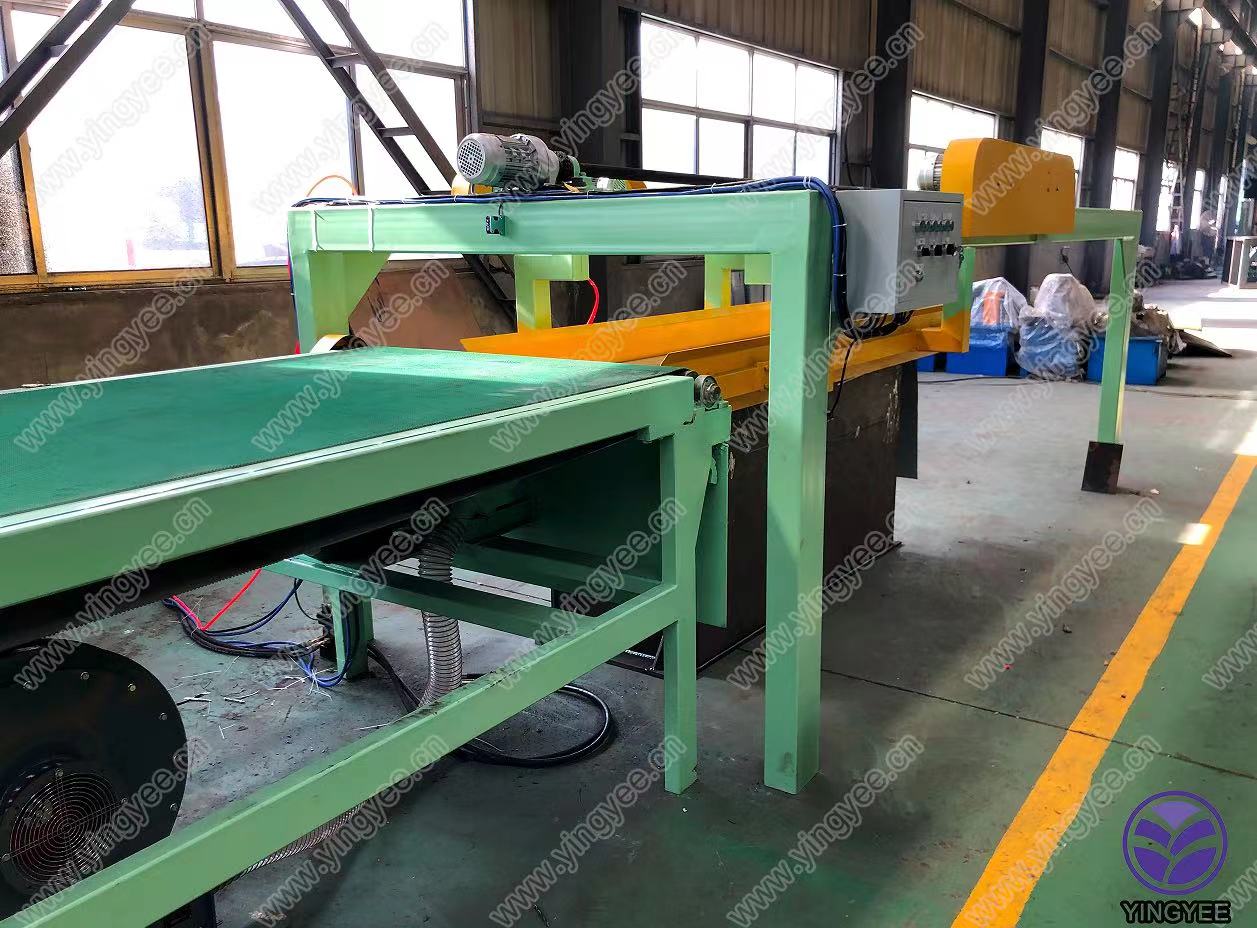
Understanding Metal Ceiling Stud and Track Systems
In the world of construction and interior design, metal ceiling stud and track systems are essential components that offer structural integrity, durability, and design versatility to various building applications. These systems are primarily designed for creating suspended ceilings, enabling both practical and aesthetic enhancements in commercial and residential spaces. In this article, we will delve into the intricacies of metal ceiling studs, tracks, drywall applications, C channels, main channels, wall angles, and the roll forming machines used in their production.
The Basics of Metal Ceiling Systems
Metal ceiling systems are typically constructed using steel, which provides exceptional strength and resistance to moisture, pests, and fire. This makes them an ideal choice for environments such as offices, hospitals, schools, and restaurants where safety and performance are paramount. The fundamental components of these systems include ceiling studs, tracks, C channels, and various corner angles.
Ceiling Studs and Tracks These form the backbone of the suspended ceiling system. Metal studs are vertical framing elements that support the ceiling, while tracks are the horizontal members that connect them. Together, they create a sturdy framework that can support drywall, acoustic tiles, or other ceiling finishes.
C Channels and Main Channels The C channel is another critical component, often used in conjunction with the main channel. C channels offer excellent load-bearing capacity and can be used to create various structural shapes. Main channels serve as the primary support beams that run perpendicular to the ceiling studs and provide a continuous framework for attachment.
Wall Angles Wall angles are installed at the perimeter of the ceiling and serve both aesthetic and functional purposes. They provide a smooth transition between the ceiling and the walls, and they also serve as reinforcement for the edges, protecting the drywall from damage.
The Role of Drywall
Drywall, or gypsum board, is commonly attached to metal ceiling framing systems due to its lightweight nature and ease of installation. It allows for a variety of finishes and can contribute to sound insulation and fire resistance, further enhancing the functionality of the ceiling system. The installation process for drywall involves paneling, taping, and mudding to achieve a smooth surface ready for painting or other treatments.

Enhancing Efficiency with Roll Forming Machines
One of the critical advancements in the production of metal ceiling components is the use of roll forming machines. These machines enable the efficient manufacturing of metal tracks, studs, and channels from steel coils. The roll forming process involves feeding a continuous strip of metal through a series of rollers that shape it into the desired profile.
The importance of roll forming machines cannot be overstated. They allow for precision manufacturing at high speeds and produce components that meet strict quality standards. This automation not only reduces labor costs but also increases production capacity, ensuring that contractors and builders have timely access to the materials they need.
Sustainable and Cost-Effective Solutions
The move toward metal ceiling systems is also aligned with the growing emphasis on sustainability in construction. Steel is 100% recyclable, which means that materials can be repurposed rather than ending up in landfills. Furthermore, the longevity and durability of metal systems decrease the need for frequent replacements, contributing to overall cost savings.
Additionally, advancements in manufacturing techniques have led to lighter metal components without compromising structural integrity. This innovation reduces transportation costs and simplifies the installation process, making metal ceiling systems a more attractive option for builders and contractors.
Conclusion
Metal ceiling stud and track systems are integral to modern construction, offering a blend of strength, safety, and design flexibility. With components such as C channels, main channels, and wall angles working in harmony with drywall, these systems enable the creation of beautiful and functional spaces. The introduction of efficient manufacturing methods through roll forming machines further enhances the viability of metal ceilings, paving the way for a sustainable and cost-effective future in construction. As the industry continues to evolve, the importance of these systems will only grow, making them a cornerstone of contemporary design and architecture.